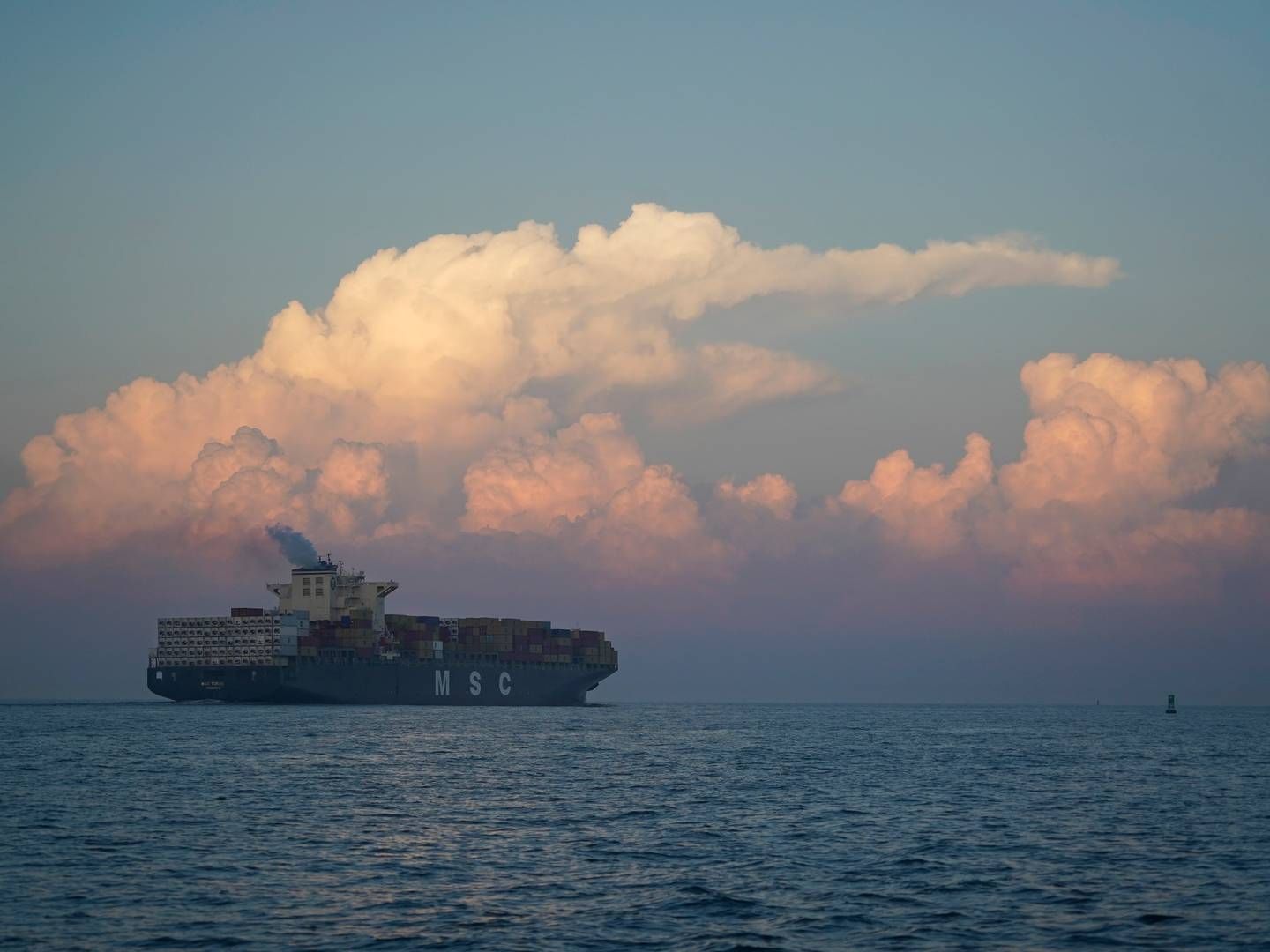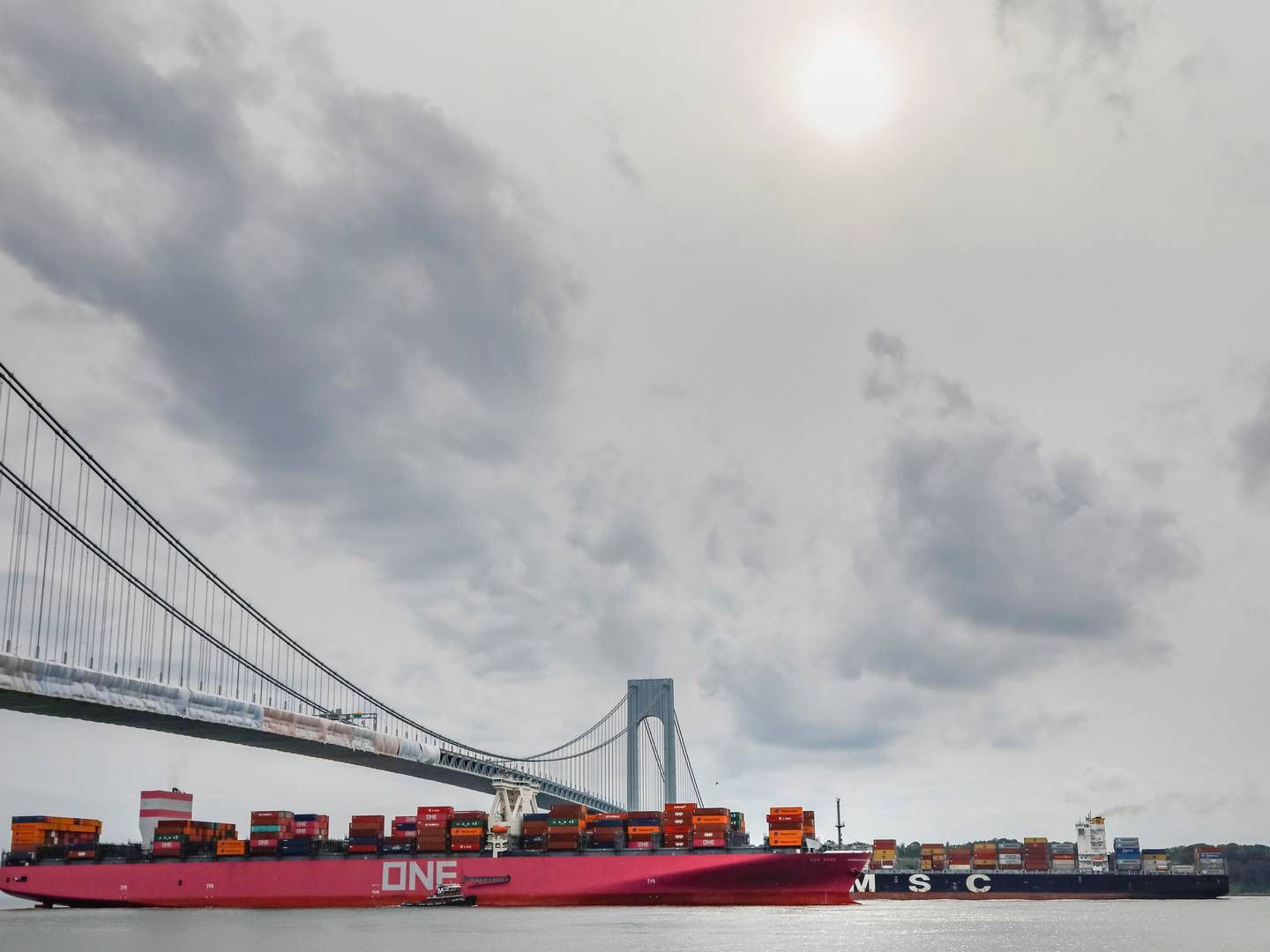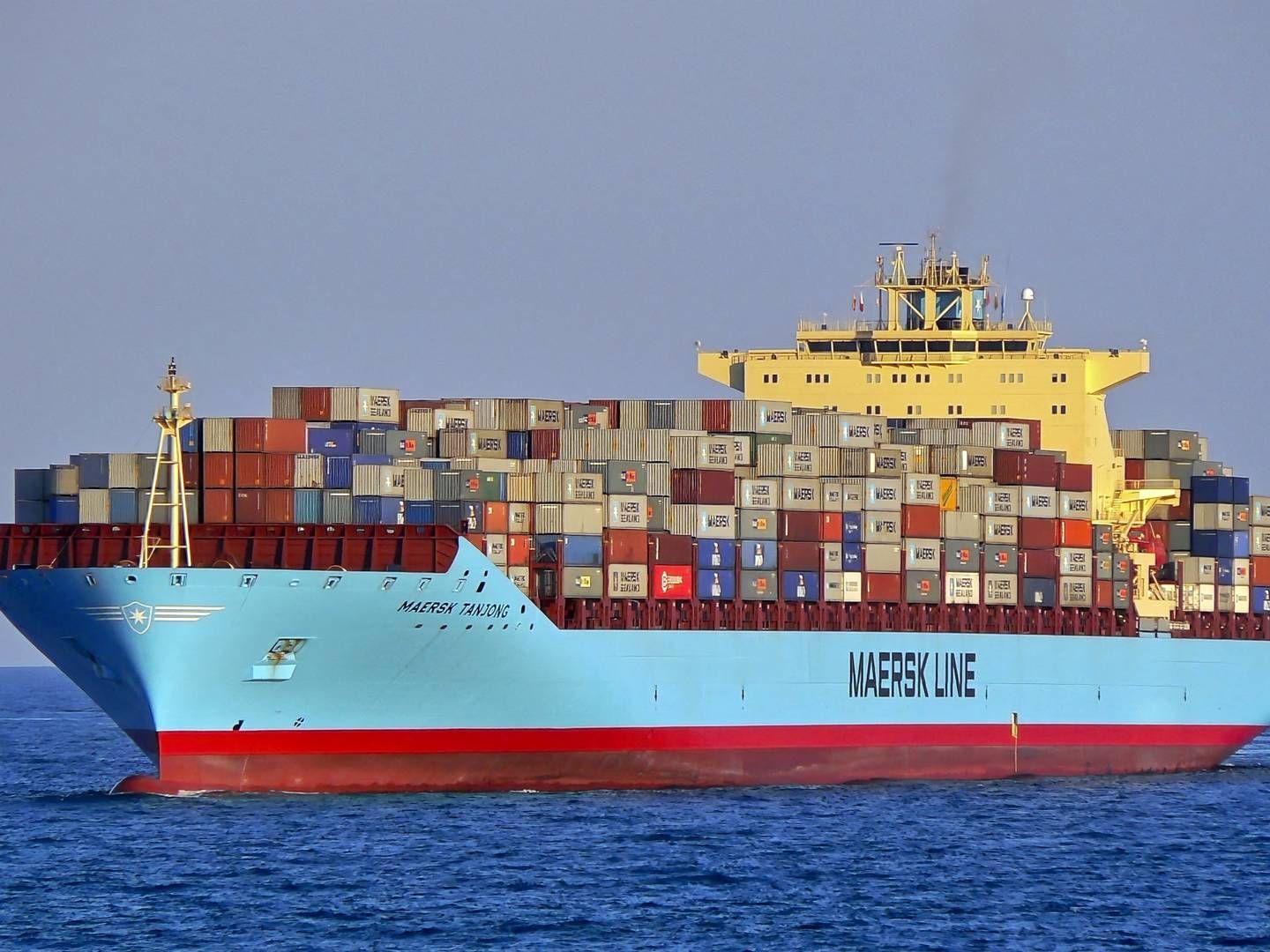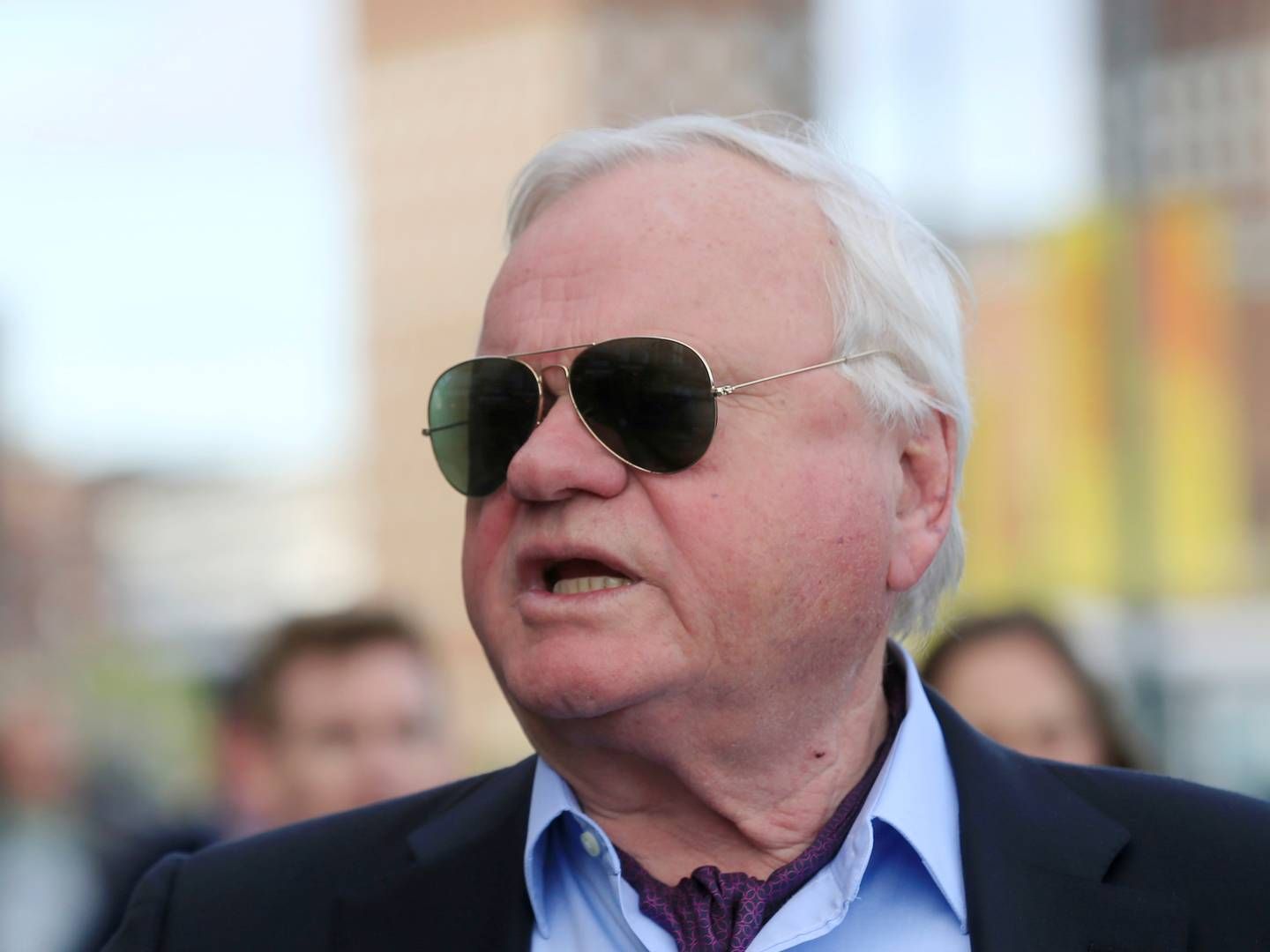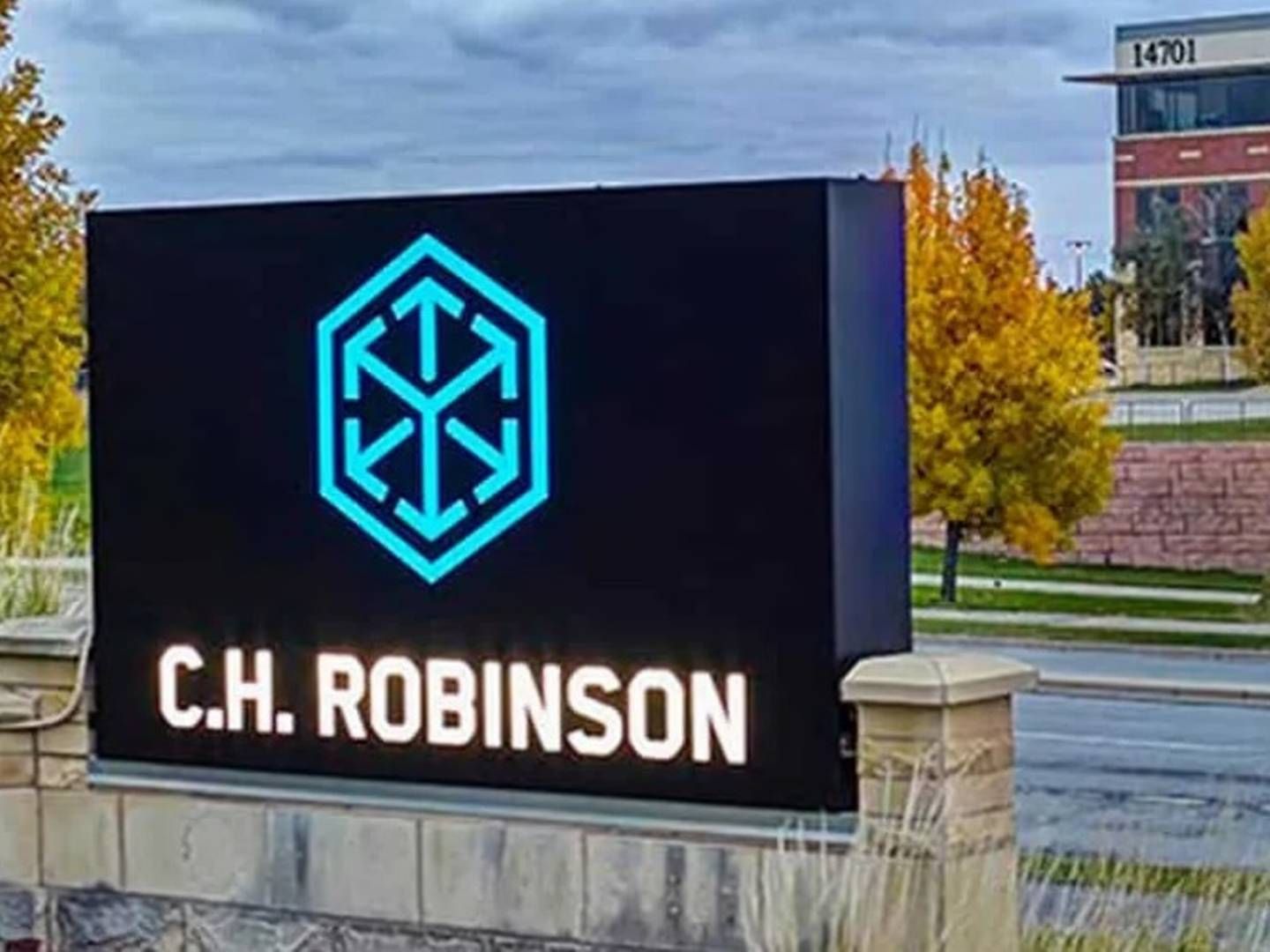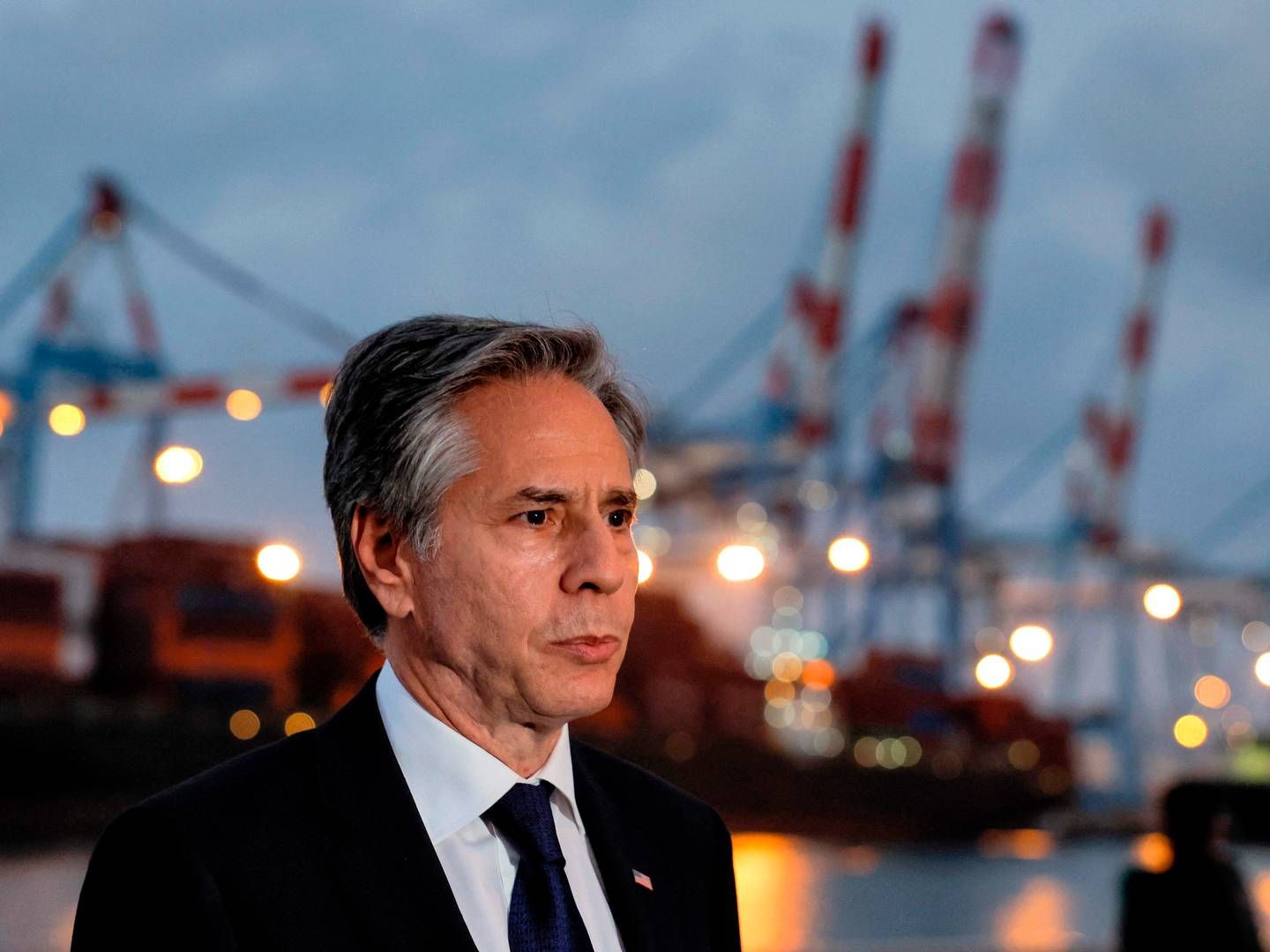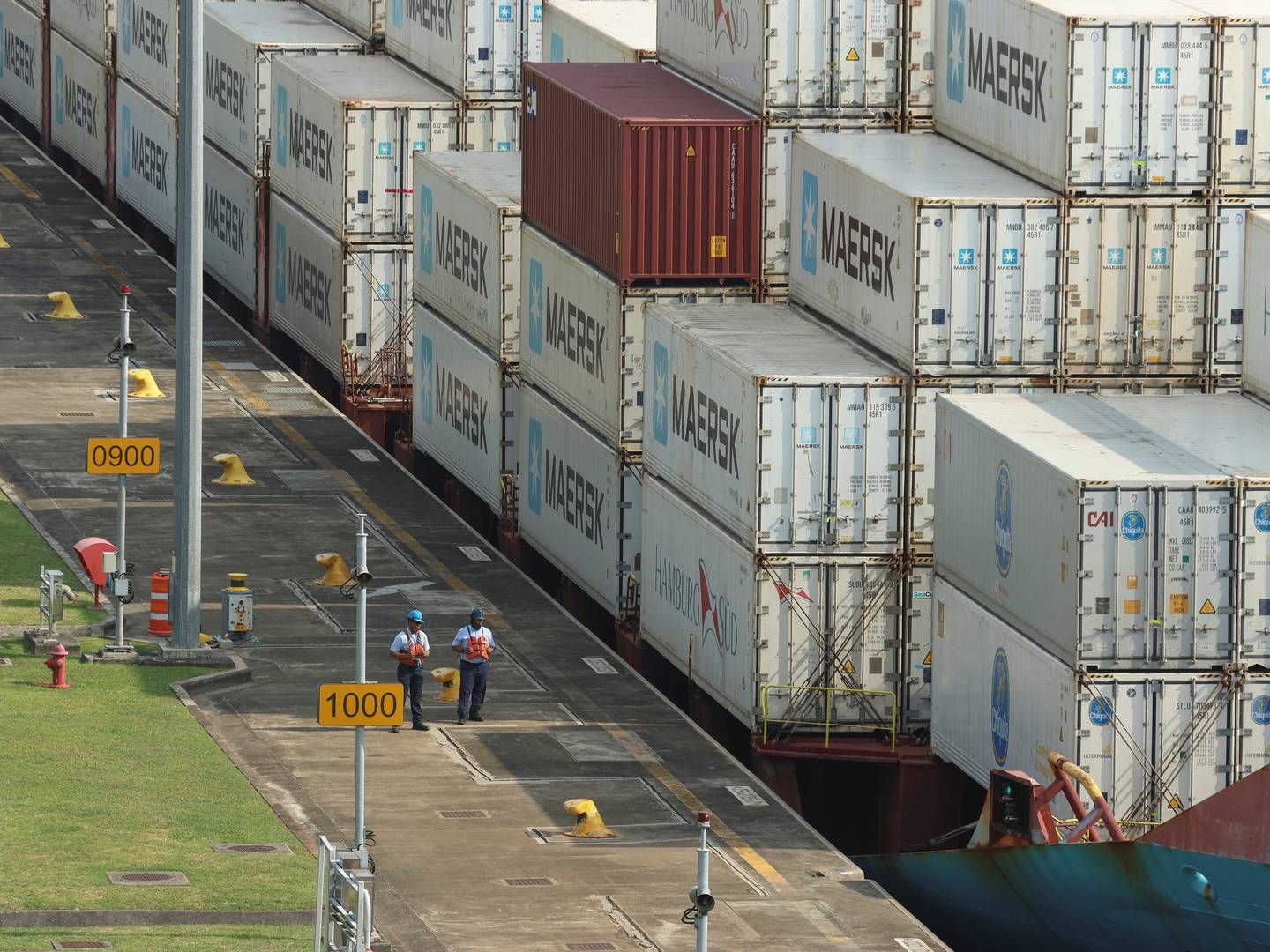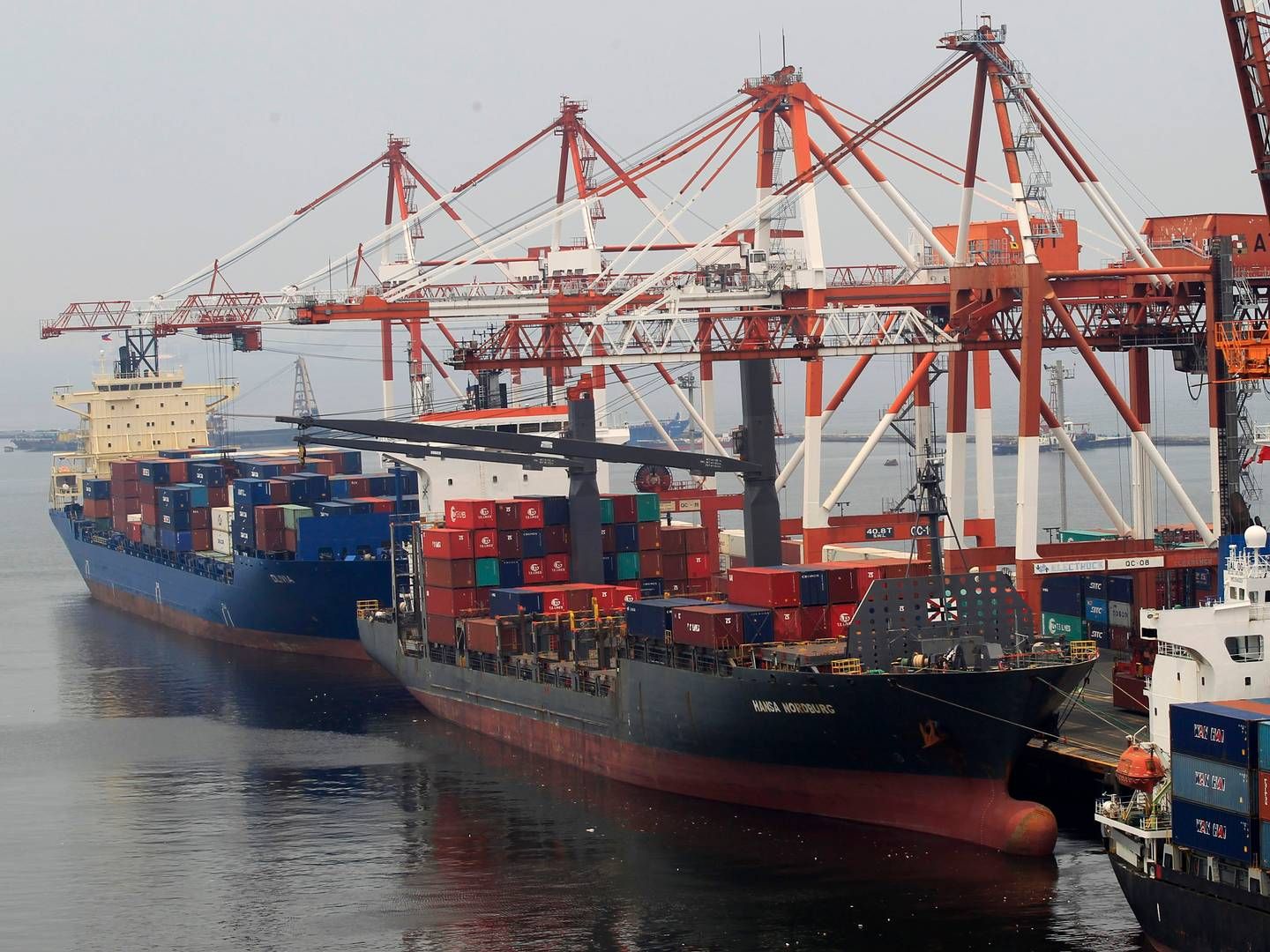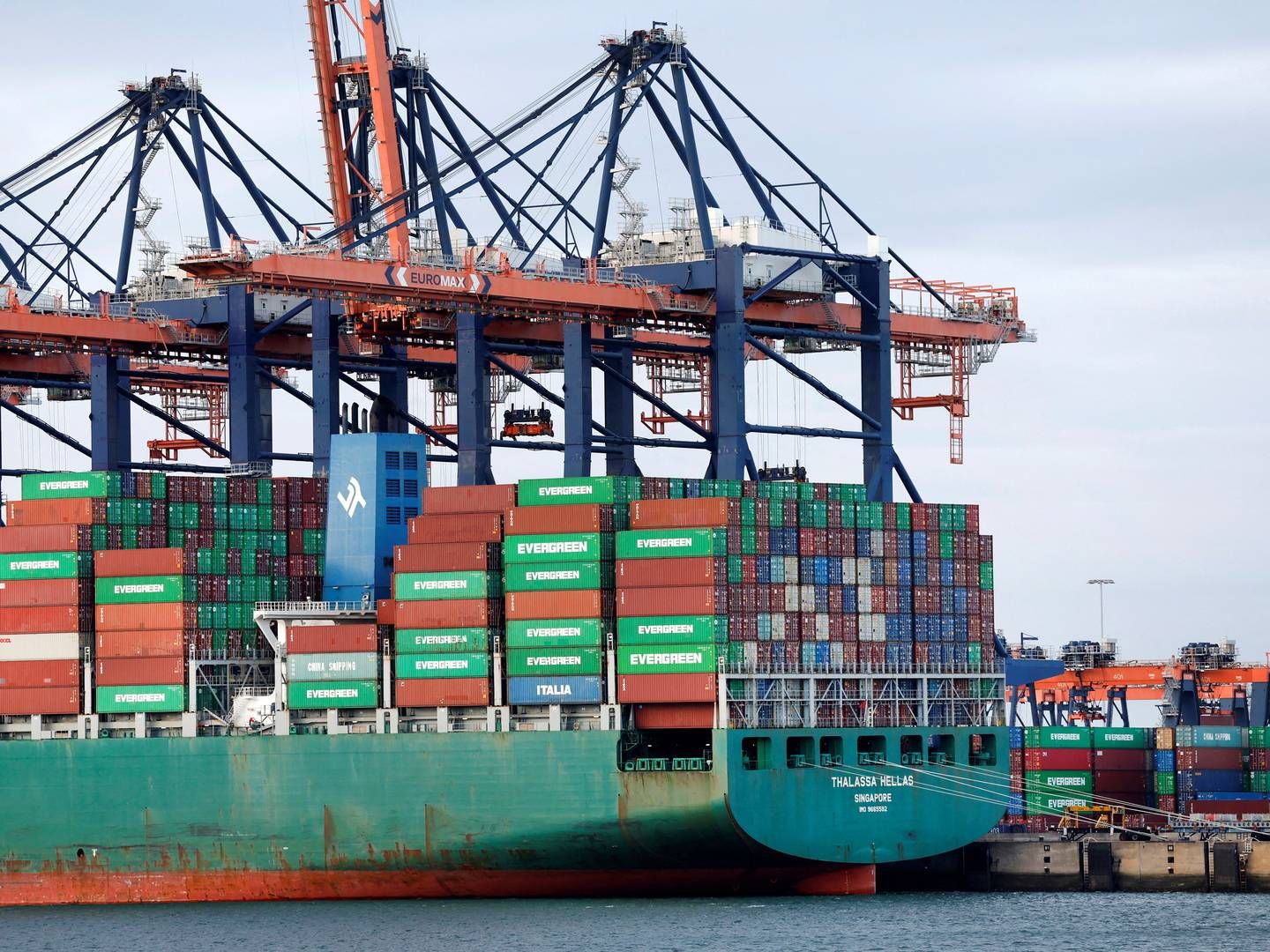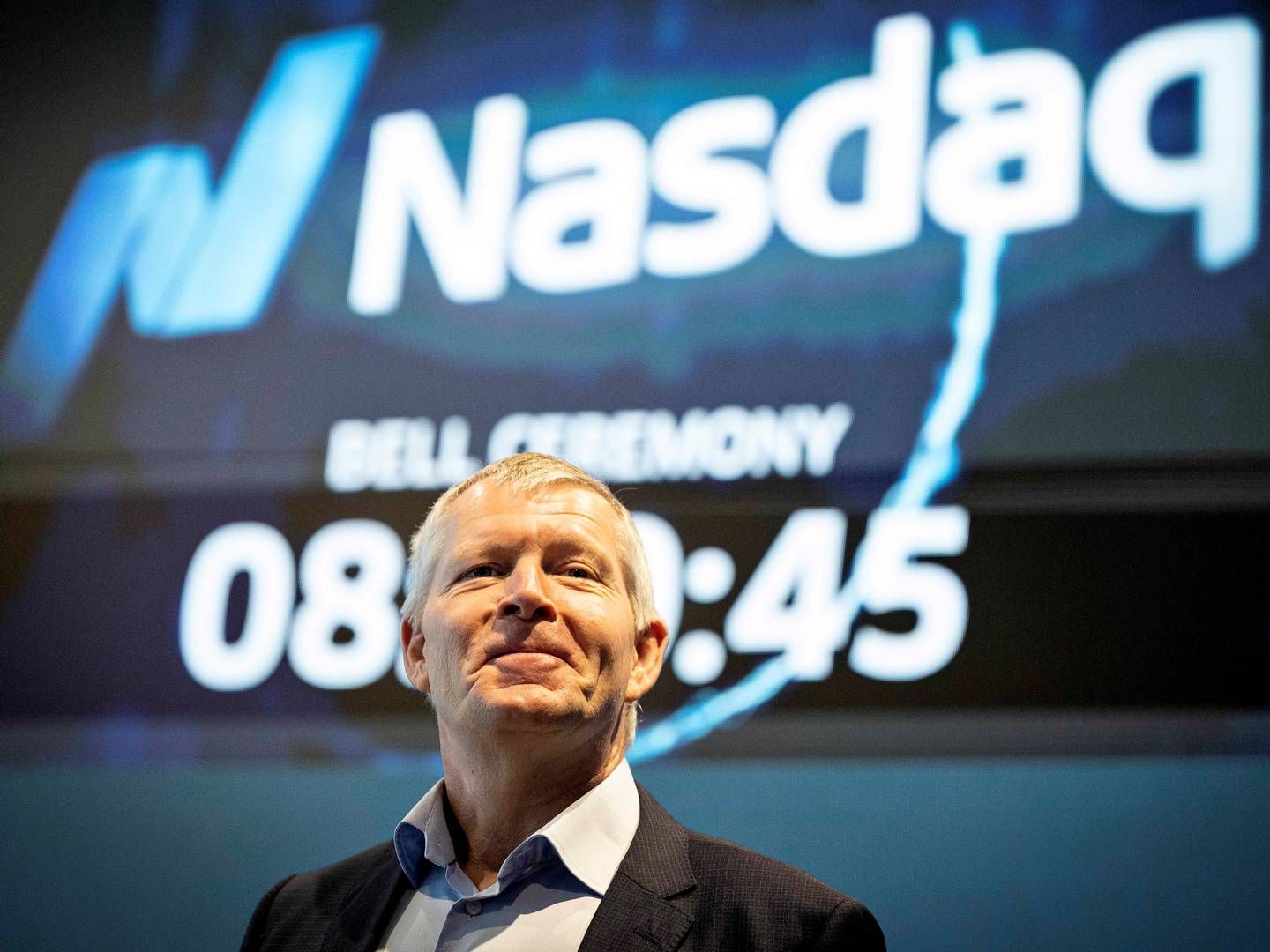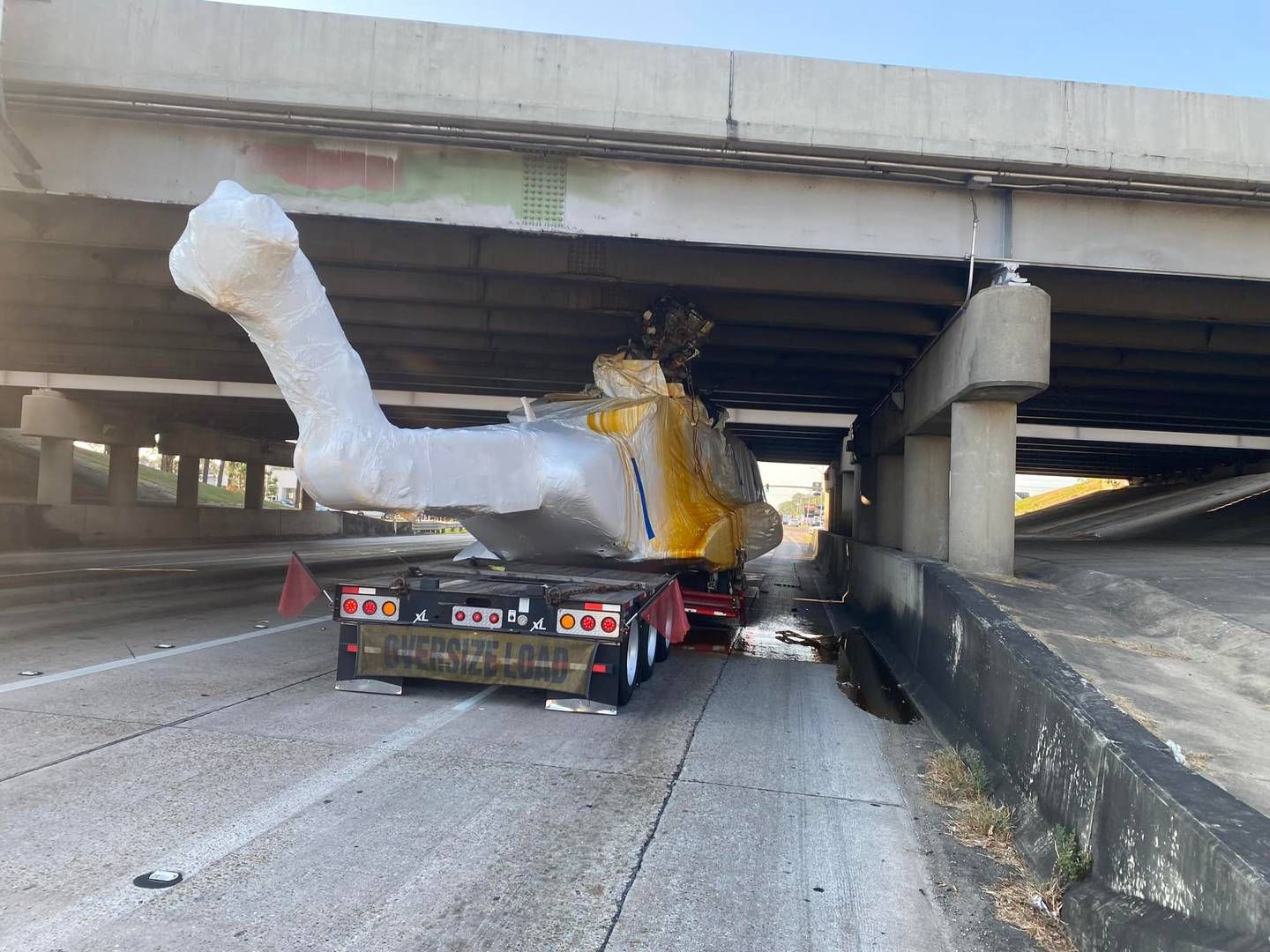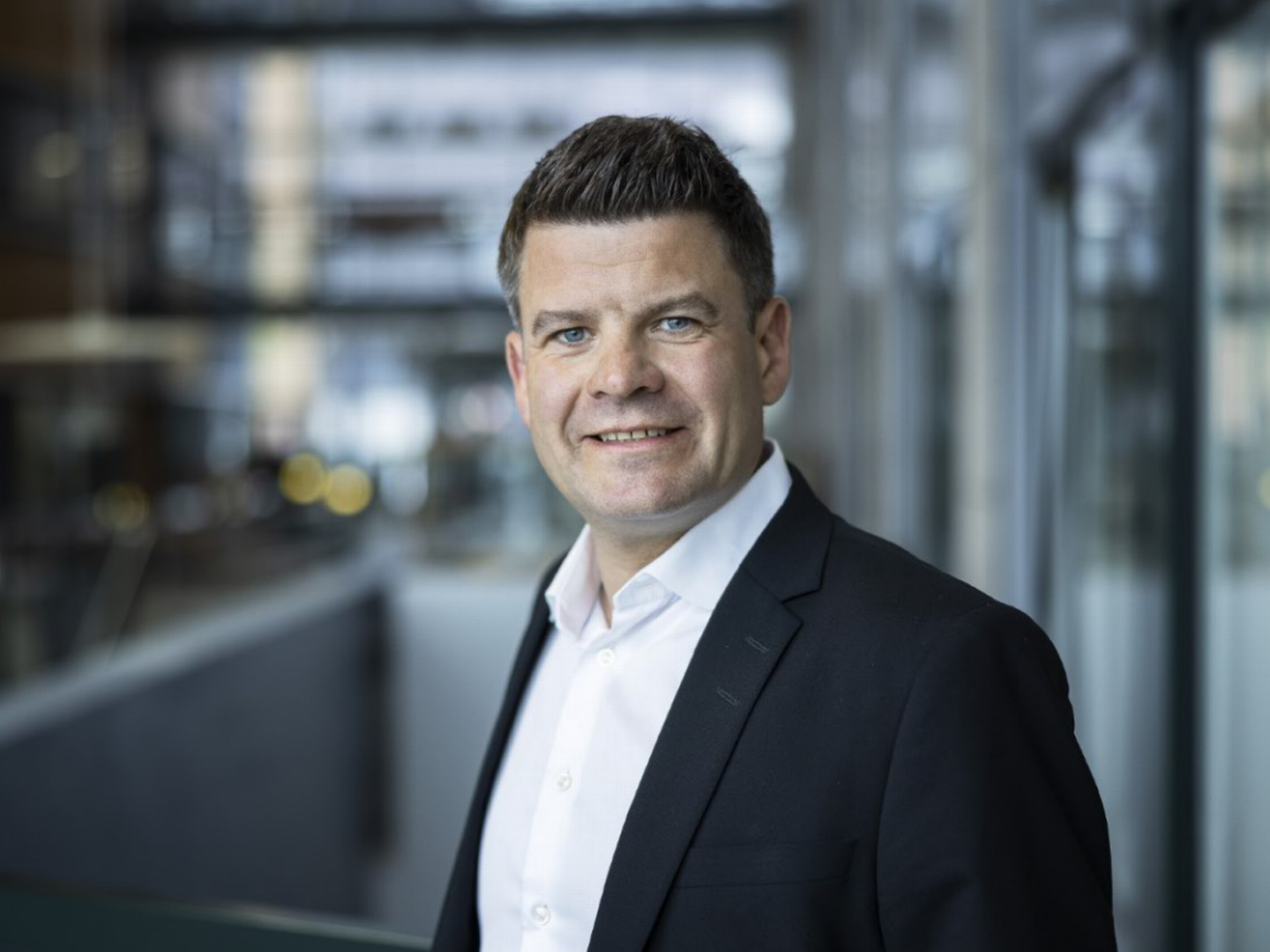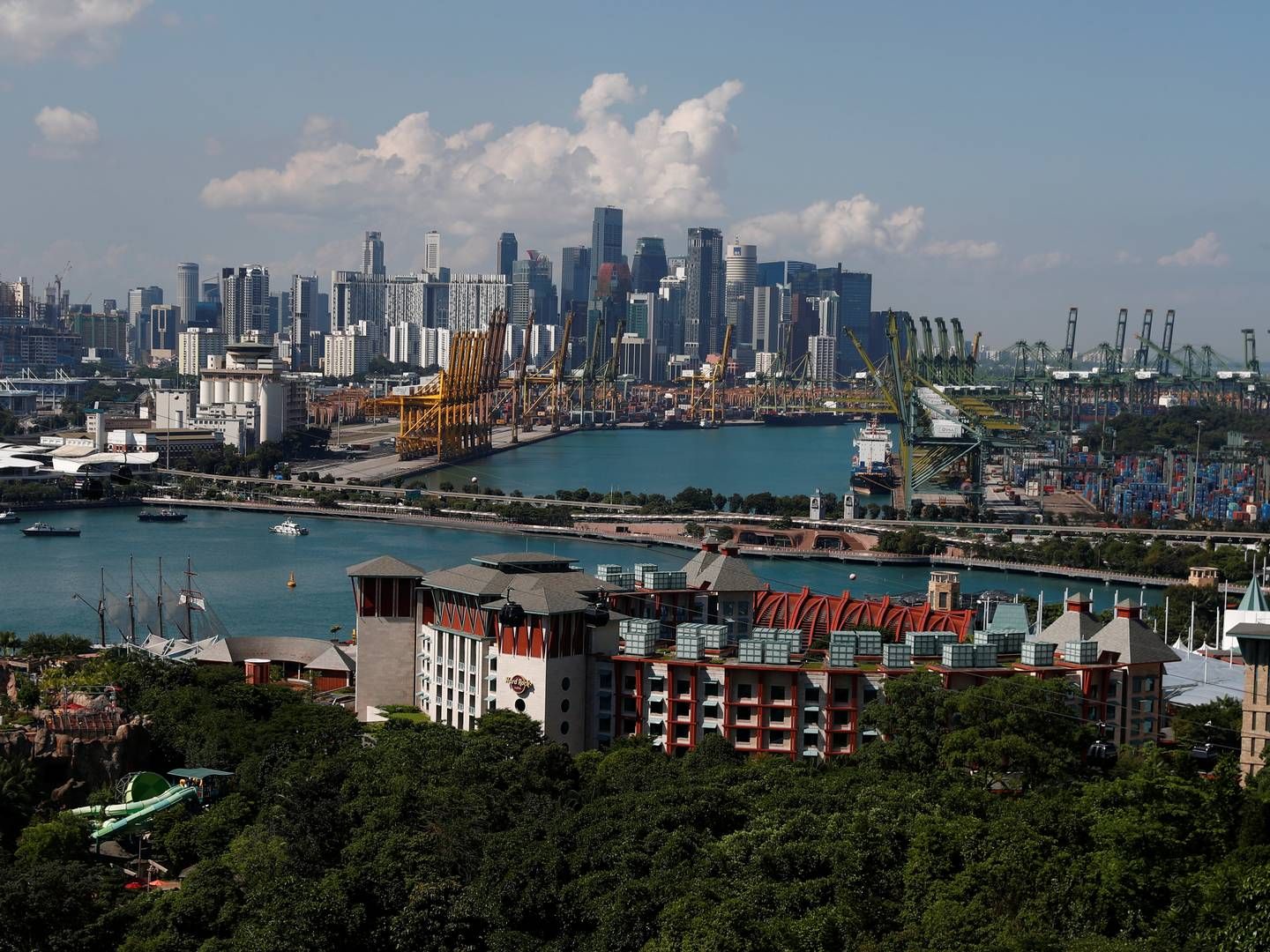New container ship prices are nearing an all-time high
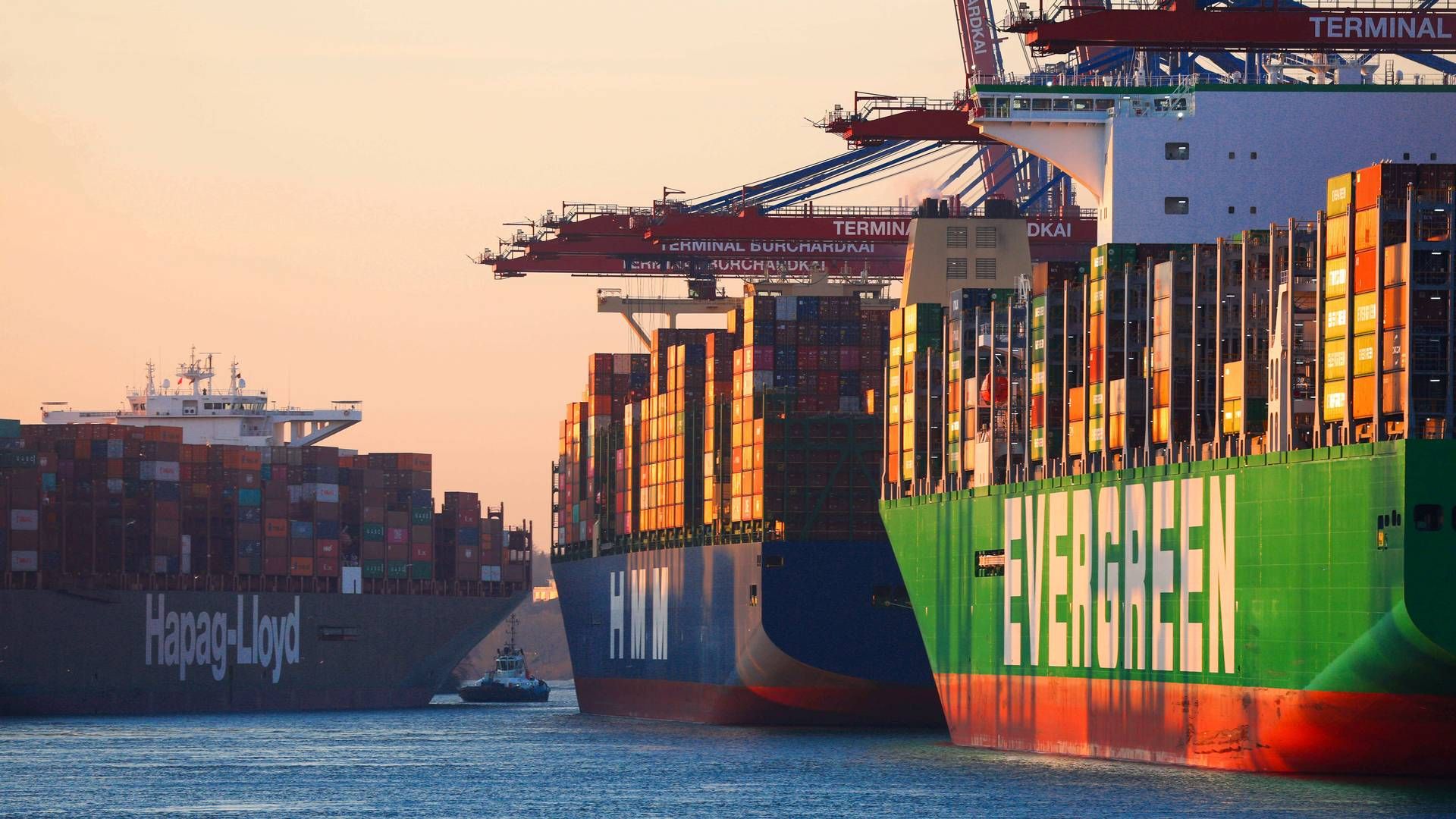
Although the pace of new ship orders is slowing down, several carriers are still negotiating for new container ships.
This is happening even though prices at shipyards are at near all-time highs and the market is struggling to deliver enough cargo for the many new vessels that are already on their way to the market, writes analyst firm Alphaliner.
The total order book for container ships has never been bigger and currently stands at almost 8 million teu. But shipping companies are still eager to place orders, especially for so-called dual-fuel vessels, which can run on alternative fuels such as methanol and LNG alongside traditional fuel oil.
Factors such as full shipyards, rising inflation and specific requirements for the construction of ships are driving up the price.
”Nevertheless, most carriers’ well-filled war chests, and the need to modernize the fleet and lower the industry’s overall carbon footprint have combined to push owners toward ordering,” the analyst firm writes.
”Admittedly, modern vessel designs are not directly comparable to similar-capacity ships of yesteryear, but even among recent modern high-spec tonnage, the price increase has been staggering.”
As an example, Alphaliner highlights the prices of a conventional neo-panamax ship of 15,000 teu, which in China can be ordered for USD 150m and in South Korea for USD 160m.
If they need to run on methanol or LNG, they cost up to 20% and 25% more, compared to 15% and 25% previously.
”The increased premium for methanol is mainly demand driven, since many carriers have followed Maersk’s lead to choose this fuel as an alternative bunker,” Alphaliner notes.
The ordered vessels will be delivered as far ahead as 2028, but the majority are expected to hit the water in the years leading up to 2025 and thus during a period when the container market seems to be struggling with lower demand.
(Translated using DeepL with additional editing by Kristoffer Grønbæk)
Related articles:
MSC tops list of carriers with the oldest ships
For subscribers


